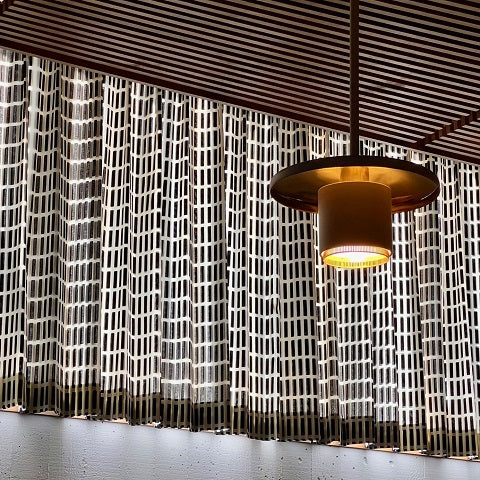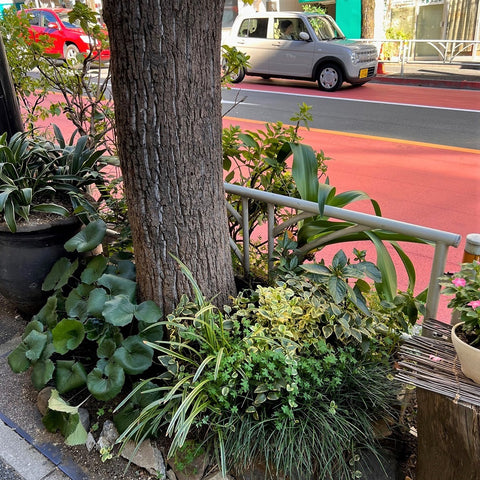We recently had the opportunity to revisit one of our favorite cities in the Americas, Mexico City. This vibrant mega metropolis is often overlooked by travelers who pass through en route to Mexico's famous beach resorts or historical colonial towns. They're missing out on a world city that delivers top shelf cultural experiences, sophisticated urban life, and fantastic food. Mexico City's reputation for crime isn't doing it any favors but in truth this is somewhat overblown--statistically, Mexico City's crime rate is about on par with Washington D.C.
For architecture buffs, Mexico City offers everything from Spanish Colonial cathedrals to Art Deco villas to hypermodern skyscrapers. No mention of Mexican architecture is complete without recognizing the work of Luis Barragan, perhaps the country's most famous modern architect. Barragan's own home in Mexico City is open to the public by appointment and well worth a visit. Tours are available by appointment (they are in fact the only way to see the place).

Located in the unassuming middle-class district of Tacubaya, Casa Barragan reveals little when viewed from the street. Following the traditional Spanish architectural concept of sharply dividing outer public and inner private spaces, the home features a masonry façade punctuated by just a few windows. Upon entering, visitors become aware (though perhaps unconsciously) of Barragan's interest and ability in manipulating space to create a sense of passage. Rooms unfold carefully, often with hidden views that reveal themselves at well-chosen points. Turning its back to the street, the home instead is oriented to the lush garden at the rear.


Barragan's signature forms are blocky, minimalist and vaguely monastic. The architect himself was a devout Franciscan Catholic with deeply held spiritual beliefs. These forms, combined with the bold use of color, create Barragan's signature design language. Citrus orange, hot yellow, deep cobalt blue, and most famously--bright pink--all appear throughout the interior in broad planes. Religious iconography mixes freely and unexpectedly with modernist artwork, and most of the furniture is simple, well-proportioned, and was fashioned by local woodworkers.

A highlight of the home is the walled rooftop terrace, where Barragan liked to entertain guests. Unadorned with the exception of adjacent trees and vines, its high walls prevent any city view, choosing instead to focus on the heavenly skies above.






